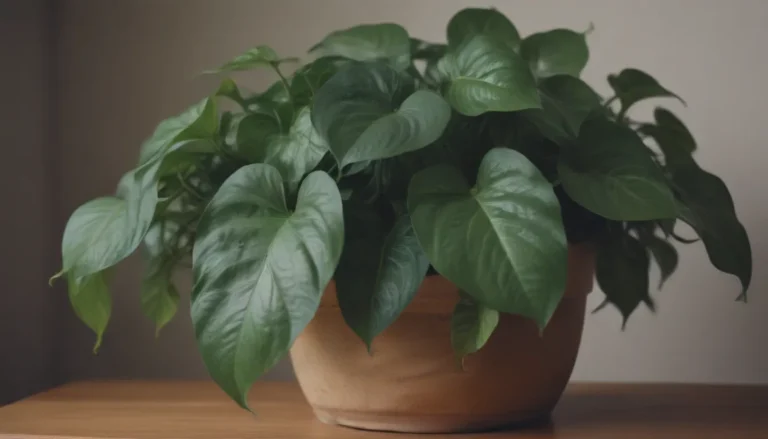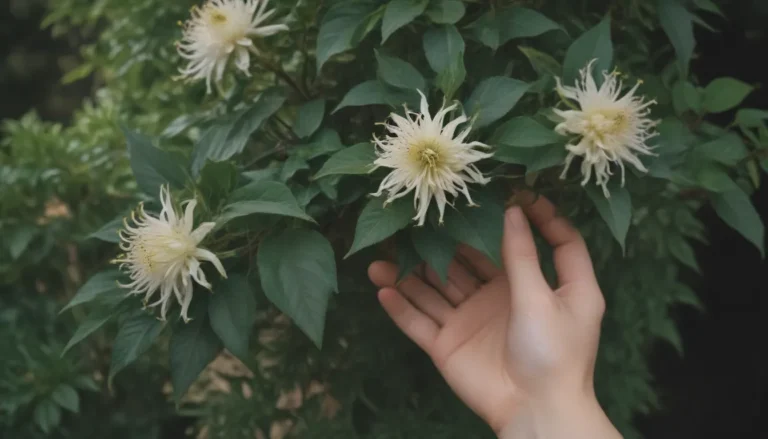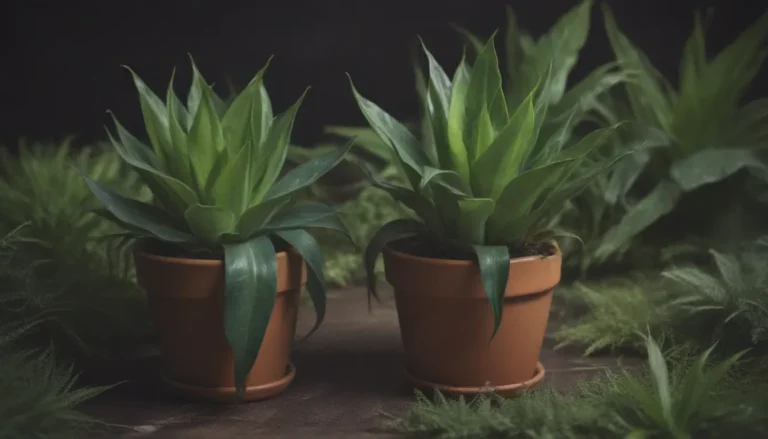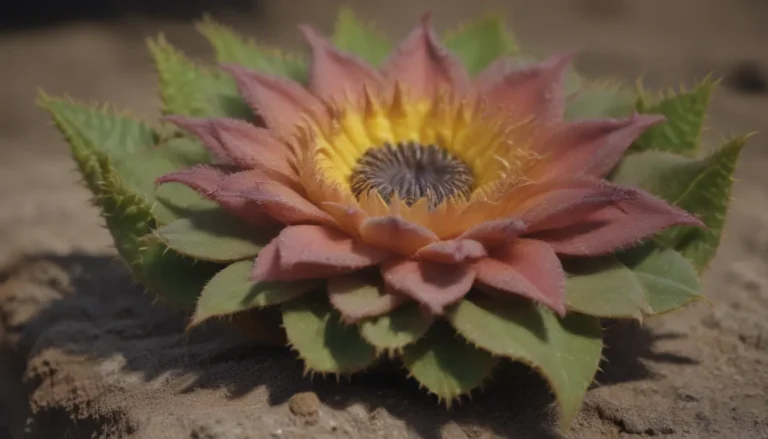Unlocking the Secrets of Growing and Caring for Columbine Flowers

If you’re looking to add a touch of whimsy and beauty to your spring garden, look no further than the enchanting columbine flower. Columbine plants (Aquilegia spp.) are known for their airy appearance, small rounded leaves, and tall flower stalks that hold delicate blooms above the foliage. These mid-spring blossoms not only fill the gap between early spring bulbs and the peak of the garden season but also attract hummingbirds, bees, and plant enthusiasts alike.
With several native species and a wide array of hybrids and cultivars to choose from, columbines have been a beloved garden staple for many years. These resilient plants readily crossbreed, offering surprise “volunteers” with unique appearances to gardeners who plant different varieties. However, it’s essential to note that columbine plants are toxic to humans and pets, so handle them with care.
So, how can you ensure your columbines thrive and bring joy to your garden year after year? Let’s delve into the world of columbine care and cultivation with practical tips and expert advice.
Cultivating Your Columbine Garden
Starting Columbine Plants
You can kickstart your columbine adventure by growing them from seeds or nursery plants. These plants thrive in well-drained soil, preferably slightly acidic. Ensure that the crown of the plant is at soil level when planting. While seeds can be sown throughout spring, it may take up to two years to see blooms when starting from seeds. Most columbine varieties bloom for at least four weeks and are surprisingly resilient. They may be short-lived perennials, but self-seeding ensures they grace your garden for years to come.
Light and Soil
For optimal growth and blooming, place your columbine plants in partial shade. While they can withstand full sun in cooler climates, some shade in summer helps them recover and thrive. Columbines aren’t too picky about soil types, but they prefer well-drained, sandy, or loamy soil over heavy clay. Mulching around the plants helps retain moisture and keeps the roots cool.
Watering and Feeding
Newly planted columbines need continuous moisture until they establish themselves. Once they show vigorous growth, maintain consistent watering, especially during dry spells. Monthly fertilization with a water-soluble formula boosts foliage growth and vibrant flowers.
Temperature and Care
Columbines prefer cooler temperatures for abundant flowering. High heat can induce dormancy in summer, so monitor their environment accordingly. After blooming, cut the plants back to encourage a second wave of blooms later in the season. Pruning keeps the plants healthy and attractive.
Exploring Columbine Varieties
Columbines come in various shapes and sizes, from dwarf varieties standing at just 6 inches to towering selections like McKana’s Giants, reaching over 3 feet with large flowers. Thanks to their cross-pollination tendencies, planting different varieties can lead to exciting color combinations and variations. Some popular columbine varieties include:
- Aquilegia ‘Crimson Star’
- Aquilegia ‘McKana Hybrid’
- Aquilegia caerulea (Rocky Mountain columbine)
- Aquilegia Songbird ‘BlueBird’
Nurturing Your Columbines
Pruning and Propagation
Prune columbines back to their base leaves after blooming to encourage additional stem growth. For propagation, division is challenging due to their deep roots, but collecting seeds is a simpler method. Harvest ripe seed pods, store the seeds over winter, and plant them in spring for new growth. Keep in mind that seeds from hybrids may not reproduce true to the parent plant.
Growing from Seeds
Growing columbines from seeds is straightforward but requires patience, as they often take two years to bloom. To aid germination, refrigerate the seeds for a few weeks before planting in moist soil indoors. Once the seedlings sprout, provide them with ample light and transplant them outdoors after hardening off.
Winter Care
Prepare your columbines for winter by removing wilted foliage and mulching lightly to protect them from the cold. This helps preserve the plants for the next growing season.
Dealing with Pests and Diseases
Columbines may attract leaf miners and aphids, but these pests rarely pose a severe threat. Avoid chemical pesticides and opt for natural remedies like insecticidal soaps to combat these issues.
Blooming Success: Tips and Tricks
To ensure your columbines bloom prolifically and remain healthy:
- Allow for a minimum of two seasons for plants to establish and bloom.
- Plant columbines at a shallow depth to encourage blooming.
- Remove mulch early in the season to promote flower growth.
- Avoid nitrogen-heavy soil that hinders bloom production.
Remember, columbine plants typically live for two to three years but self-seed generously, ensuring a continuous presence in your garden. While they may not bloom indoors, these plants thrive best in outdoor soil, enchanting pollinators and garden enthusiasts alike.
In conclusion, columbines are a delightful addition to any garden, offering charm, resilience, and a touch of whimsy. By following these tips and guidelines, you can create a thriving columbine haven that will bloom and enchant season after season. Embrace the beauty of columbines in your garden and let these graceful flowers captivate your heart and soul. Happy gardening!





